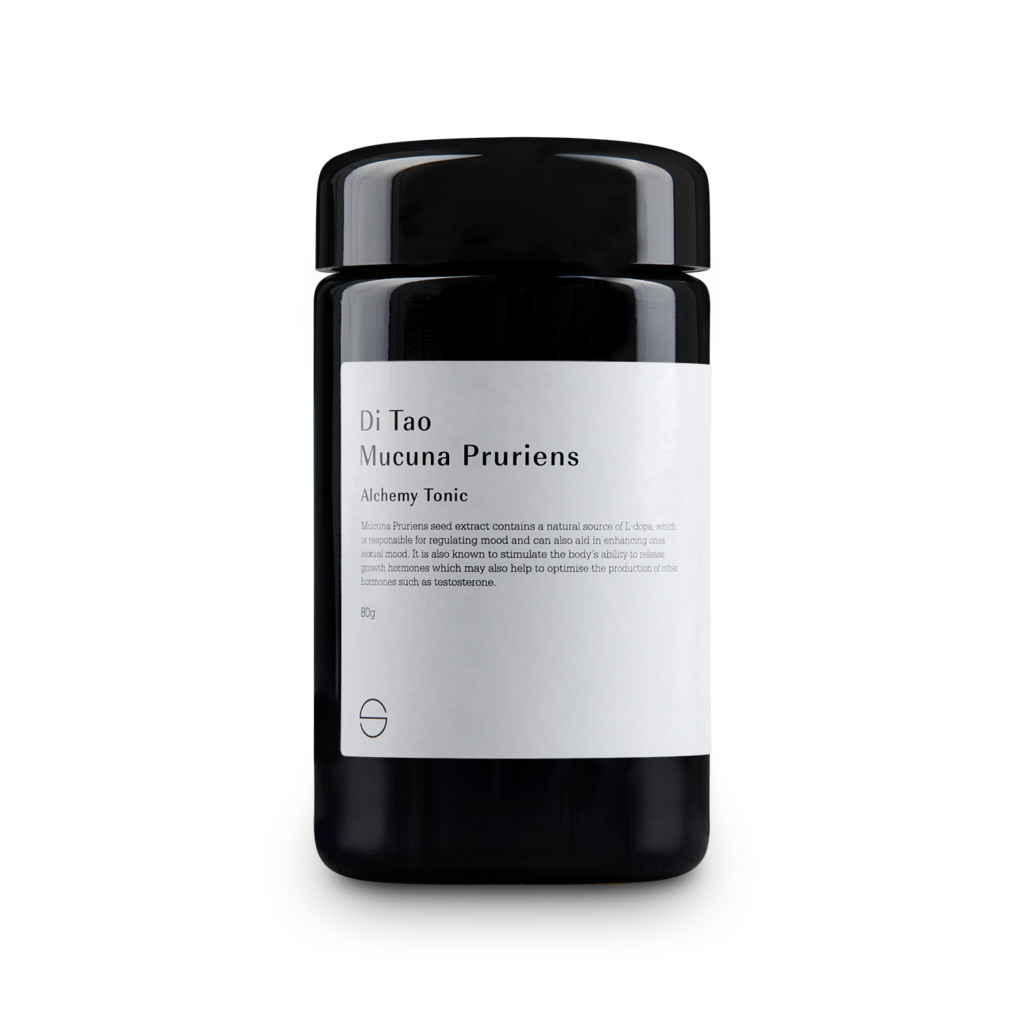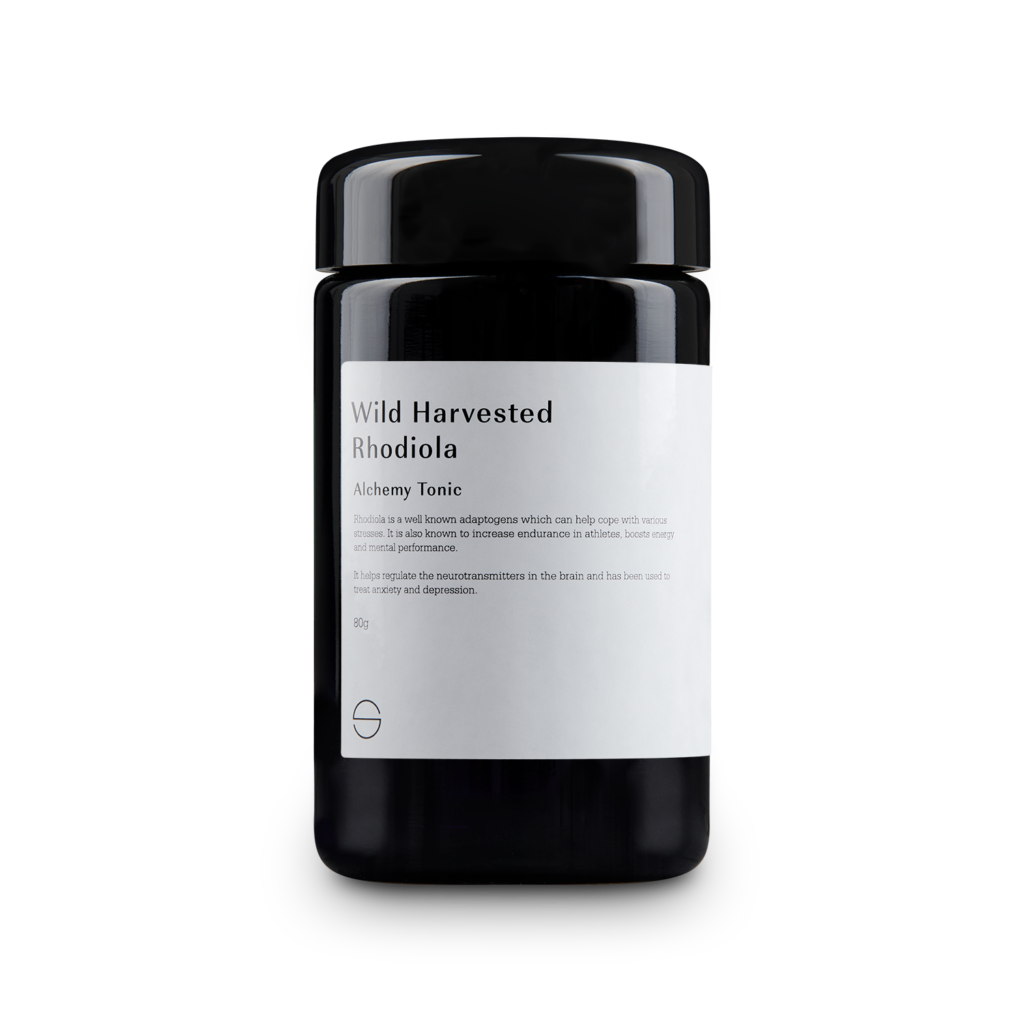
Coconut Yoghurt Cream with Mustard & Mulberry Leaf Powder
If you’re looking for a natural way to support blood

Kick-start, energise, rejuvenate
All carefully planned and prepared to help nourish, reset and rejuvenate the body and mind.

In the intricate symphony of human emotions, our brains orchestrate a complex interplay of neurochemicals that influence our perception of happiness and well-being. Among the many neurotransmitters at play, four primary happiness transmitters stand out as key architects of our emotional landscape. These neurotransmitters—dopamine, serotonin, oxytocin, and endorphins—serve as vital messengers within our brains, intricately woven into the fabric of our thoughts, behaviours, and experiences. Understanding the roles and mechanisms of these happiness transmitters offers profound insights into the intricate mechanisms underlying our emotional states and sheds light on pathways to cultivate greater happiness and fulfilment in our lives.
In this article, we are exploring the renowned neurochemicals linked to our happiness and methods to stimulate their engagement in our everyday experiences.
When pondering what truly brings about happiness, many of us turn to possessions, relationships, or memorable experiences. Yet, genuine happiness transcends external circumstances—it’s an inner chemical phenomenon. Four primary neurochemicals, often termed hormones, play pivotal roles in orchestrating the emotions associated with happiness and fulfilment.
This revelation offers profound insights: true happiness isn’t tethered to external realities; it’s an internal chemical dance.
But how do we activate these happiness-inducing neurochemicals?
DOPAMINE
Dopamine is a neurotransmitter, often referred to as the “feel-good” hormone or the “reward molecule.” It plays a crucial role in various brain functions, including motivation, reward, pleasure, and movement control. Dopamine is synthesized in several areas of the brain and is involved in the regulation of mood, attention, learning, and emotional responses.
The body produces dopamine in response to various stimuli, particularly those associated with reward or pleasure. Activities that stimulate the production of dopamine include:
Recommended herbs :

Mucuna – Mucuna Pruriens contains L-DOPA, a compound that may lead to heightened dopamine levels in the brain. This could result in enhanced mood and cognitive abilities.
For those with neurodivergent conditions, this natural supplement might provide support in alleviating symptoms linked to insufficient dopamine levels. Moreover, preliminary clinical studies suggest its potential in managing Parkinson’s disease, a severe condition characterized by decreased dopamine levels.
and Ginko, Ginseng
SEROTONIN
Serotonin is a neurotransmitter commonly referred to as the “happiness chemical” or the “feel-good” hormone. It is primarily synthesized in the gastrointestinal tract and central nervous system and plays a vital role in regulating mood, appetite, sleep, and cognitive functions.
The body produces serotonin in response to various factors, including:
Recommended herbs :

Ashwagandha – this adaptogenic herb has been shown to modulate the hypothalamic-pituitary-adrenal (HPA) axis and reduce cortisol levels, the body’s primary stress hormone. By regulating the stress response, ashwagandha indirectly influences serotonin levels in the brain. Chronic stress and elevated cortisol levels can deplete serotonin, a neurotransmitter associated with mood regulation and emotional well-being. Through its stress-reducing effects, ashwagandha may help maintain optimal serotonin levels by mitigating the negative impact of stress on serotonin synthesis and utilization pathways. However, further research is needed to elucidate the precise mechanisms by which ashwagandha affects serotonin production and activity in the brain.
and St John’s wort, Green tea, Turmeric
OXYTOCIN
Oxytocin, often referred to as the “love hormone” or the “bonding hormone,” is a neurotransmitter produced in the hypothalamus and released by the pituitary gland. It plays a crucial role in social bonding, emotional connections, trust, and overall well-being.
The body produces oxytocin in response to various stimuli, including:
Recommended herbs:

Blue Lotus – Traditionally, Blue Lotus has been employed in various forms such as tea, bath additives, smoking blends, incense, or potpourri. Its chemical composition includes non-toxic alkaloids like nuciferine, nornuciferine, roemerine, and potentially apomorphine (though sources vary on this or a similar compound, aporphine). These alkaloids are known to interact with dopamine D2 receptors, potentially boosting oxytocin levels. As a result, Blue Lotus is often sought after for its reputed ability to alleviate pain, induce muscle relaxation, evoke mild euphoria, and serve as an aphrodisiac or aid for impotence.
and rose, chamomile
ENDORPHINS
Endorphins, often referred to as the body’s natural painkillers, are neurotransmitters produced by the central nervous system and the pituitary gland. They play a crucial role in regulating pain perception, mood, and overall well-being.
The body releases endorphins in response to various stimuli, including:
Recommended herbs:

Rhodiola rosea – it has been suggested to indirectly influence endorphin production in the body. As an adaptogen, Rhodiola helps regulate the hypothalamic-pituitary-adrenal (HPA) axis, which plays a crucial role in stress response and pain modulation. By modulating the HPA axis, Rhodiola may help reduce stress and alleviate feelings of anxiety and tension, which can contribute to the release of endorphins.
Cacao, Ginseng

As we strive for happiness, it’s easy to ignore or downplay negative emotions and see them as something that we have to get rid of. However, these feelings are not only unavoidable but they can play a key role in our psychological well-being.
ANGER:
When we feel undervalued or when we are mistreated anger arises. This feeling may prevent us from being exploited.
A recent study conducted by researchers at Ghent University examined the daily routines of 100 creative professionals, who were asked to assess their emotional states at the start and end of each day. Surprisingly, the study revealed that individuals who began their days with negative emotions but ended on a positive note demonstrated the highest levels of creativity. According to a report by 99U, these individuals channelled their initial negativity into their work, resulting in their most productive days.
SHAME
Shame, characterised by feelings of humiliation or distress when we believe that we are somehow deficient, often drives us to avoid meaningful connections with others, fearing they may uncover our hidden flaws. However, amidst its challenges, shame offers an opportunity for growth and connection. By confronting and overcoming shame, we can forge deeper connections with others and cultivate greater compassion for ourselves and those around us.
ENVY
It is a very human thing to compare ourselves to others and envy can trigger us to feel that who we are and what we have is in some way lacking.
Once we acknowledge that others may not possess everything we desire, the next step is to understand what truly matters to us.
Do you envy your friend’s marriage or yearn for a sense of belonging and connection? Do you envy your sister’s new job or seek a feeling of accomplishment?
Pinpointing our unique aspirations and acknowledging that they may vary from others, we can attain fulfilment in every aspect of life.
Comparing ourselves with another individual can have destructive consequences, presenting a combination of shame, resentment and hostility. But it can be used as a creative force and work to become a version of ourselves that we aspire to be while accepting it may look different for each and every one of us.
FEAR
Fear response serves as the body’s innate alert mechanism. When we perceive threats, whether physical or psychological, various regions of the brain swiftly engage and exchange signals with one another.
Fear serves as a crucial guide in our lives, helping us navigate risks and make informed decisions. While it can sometimes prevent us from taking unnecessary risks, it can also be detrimental, causing us to act impulsively without considering the potential consequences.
Understanding how we respond to fear, learning to navigate it, and even using it to our advantage are key aspects of personal growth. Instead of letting fear control us and impede our progress, we should recognize when it serves as a protective instinct and when it holds us back.
SADNESS
Sadness often signals a lack of nourishment for the body, mind, and spirit. When we ignore the sadness and grief after a trauma of loss by dissociating to pain it manifests itself into chronic illness or emotional crisis.
Sadness slows down metabolism and conserves our energies, often manifests itself in tears.
Tears itself can release stress and harmful physiological reactions associated with it and start to change the chemistry and begin the restoration.
It can sometimes take grief to feel grateful for what we still have and
become a powerful catalyst for deep, life-affirming gratitude.
Avoiding or ignoring negative emotions, and disconnecting from the richness of human emotions can hinder our ability to develop and rob an opportunity for personal growth.
Be open to embracing and acknowledging these emotions without judgement or resistance and deepen your human experience.

If you’re looking for a natural way to support blood

Despite growing threats to our well-being, the human longing for

There are herbs and mushrooms that make waves in the
Copyright Shoku Iku © 2024 | All Rights Reserved.
The statements on this website have not been evaluated by the TGA or FDA. These products are not intended to diagnose, treat, cure or prevent any disease.
Sign up to receive your discount.